PsychNewsDaily Publishers
100 Summit Drive
Burlington, MA, 01803
Telephone: (320) 349-2484
PsychNewsDaily Publishers
100 Summit Drive
Burlington, MA, 01803
Telephone: (320) 349-2484
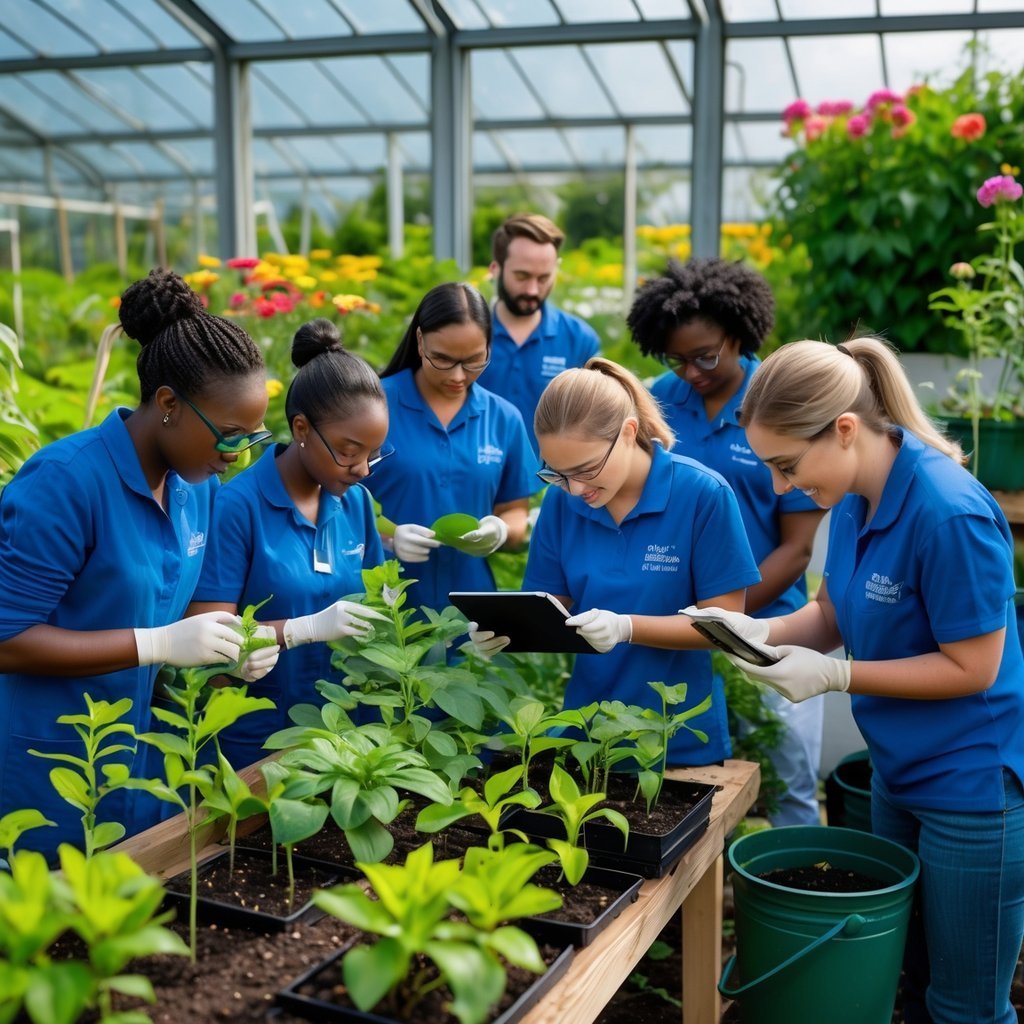
Plants aren’t just pretty—they’re absolutely essential for a healthy environment. Botanists spend their days studying plants, figuring out how we can use them to protect the planet in all sorts of surprising ways.
Curious how botanists use plants to tackle climate change, biodiversity loss, or even damaged habitats? Their work keeps our planet balanced and livable for, well, everyone.
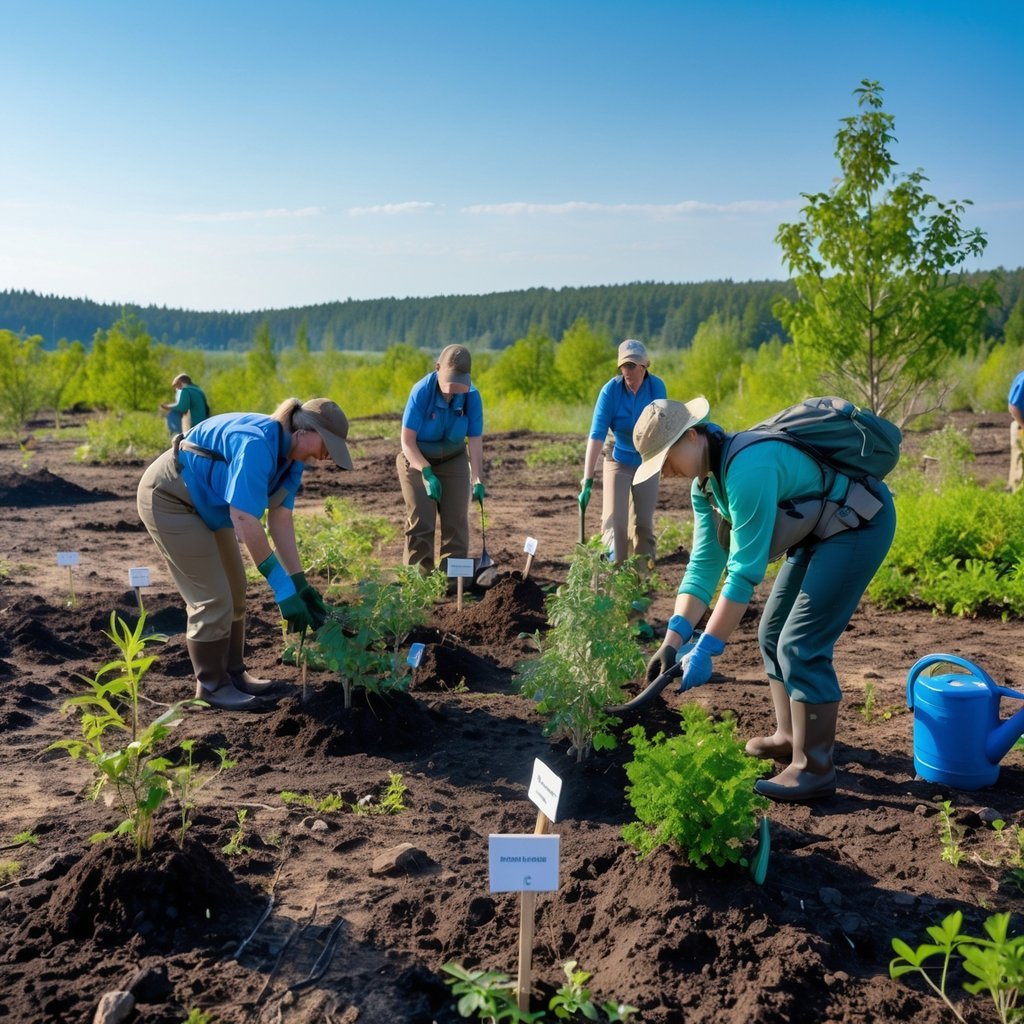
You can actually help restore damaged land just by planting native species. These plants already know how to thrive in local conditions and bring back much-needed balance.
Native plants attract local wildlife like pollinators and birds. They rebuild habitats that animals need to survive.
When you use native plants, you also protect the local gene pool. That keeps plant communities strong and ready for whatever changes come next.
Bringing native plants back is a natural way to heal land quickly. It helps stop erosion, improves soil, and welcomes helpful insects and animals.
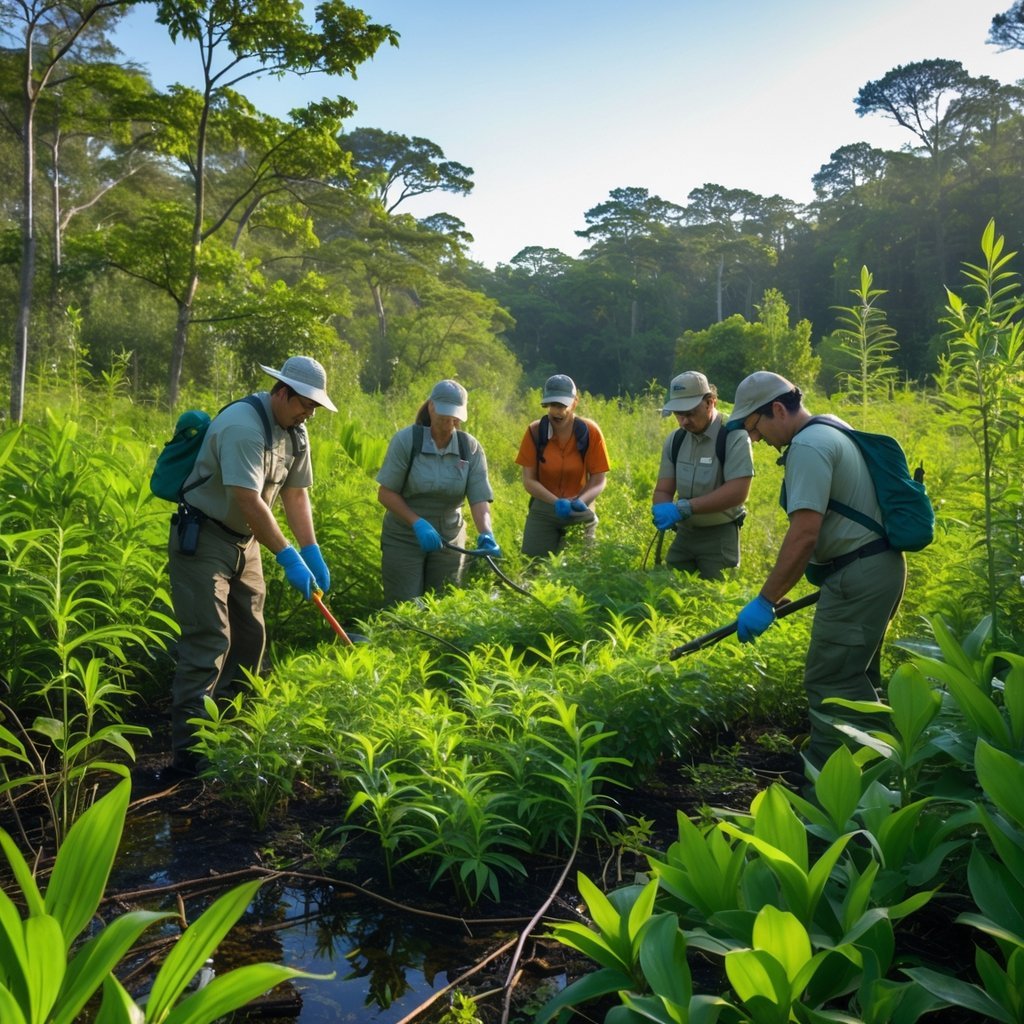
You can defend local ecosystems by managing invasive species. These troublemakers crowd out native plants and throw nature off balance.
When invasives take over, native species struggle. Botanists fight back by using hands-on methods instead of chemicals.
They often plant natives to give local plants a fighting chance. This helps restore habitats and keeps ecosystems ticking along.
If you learn to spot invasive plants in your area, you can pull them out before they spread. It takes teamwork, but every bit counts for the planet’s native life.
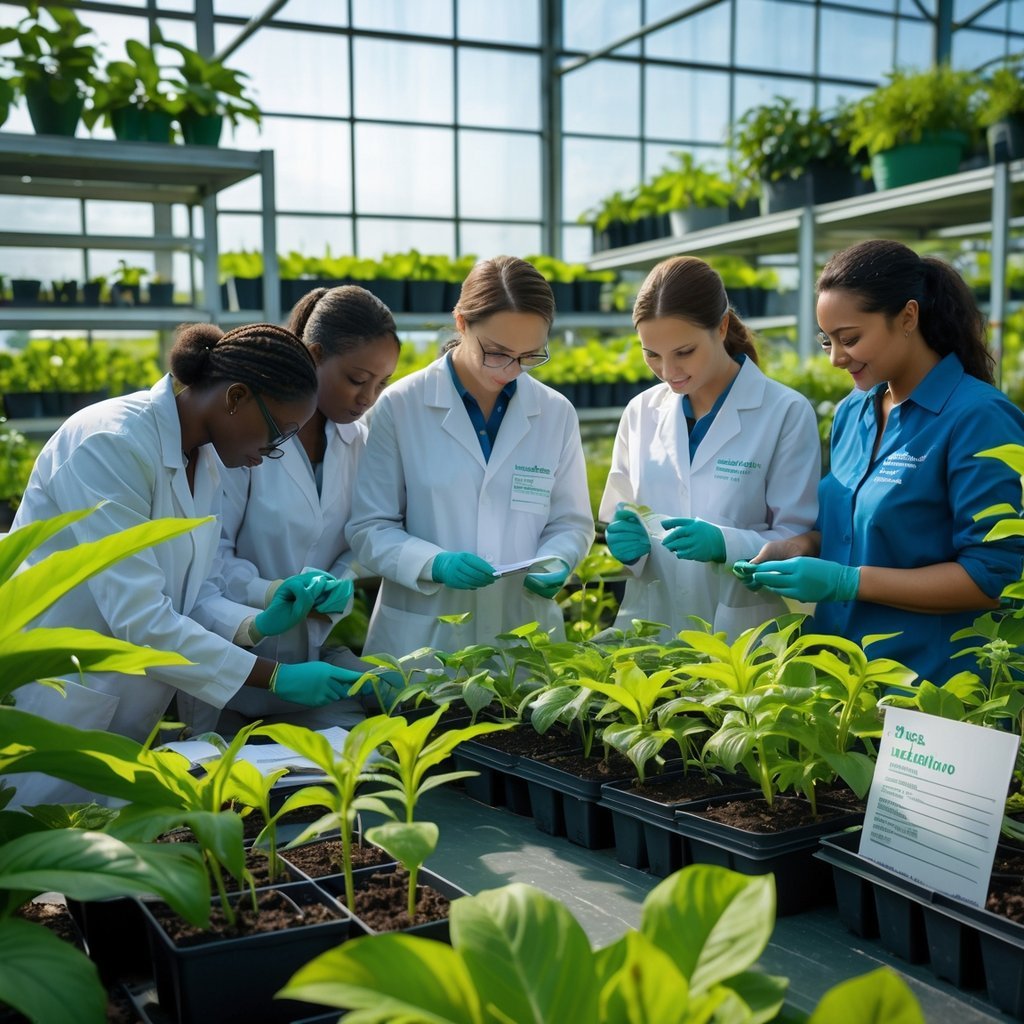
You can help the planet just by picking the right plants. Some species absorb way more carbon dioxide than others, so choosing wisely can boost carbon storage in your yard or neighborhood.
Plants with deep roots hold carbon in the soil for longer. Trees and perennials usually do this best.
Native plants fit into the local ecosystem and make carbon capture more effective. Mixing up your plant choices helps wildlife too.
Selecting the right plants gives you a small but powerful way to help. It cuts greenhouse gases and makes your space greener.
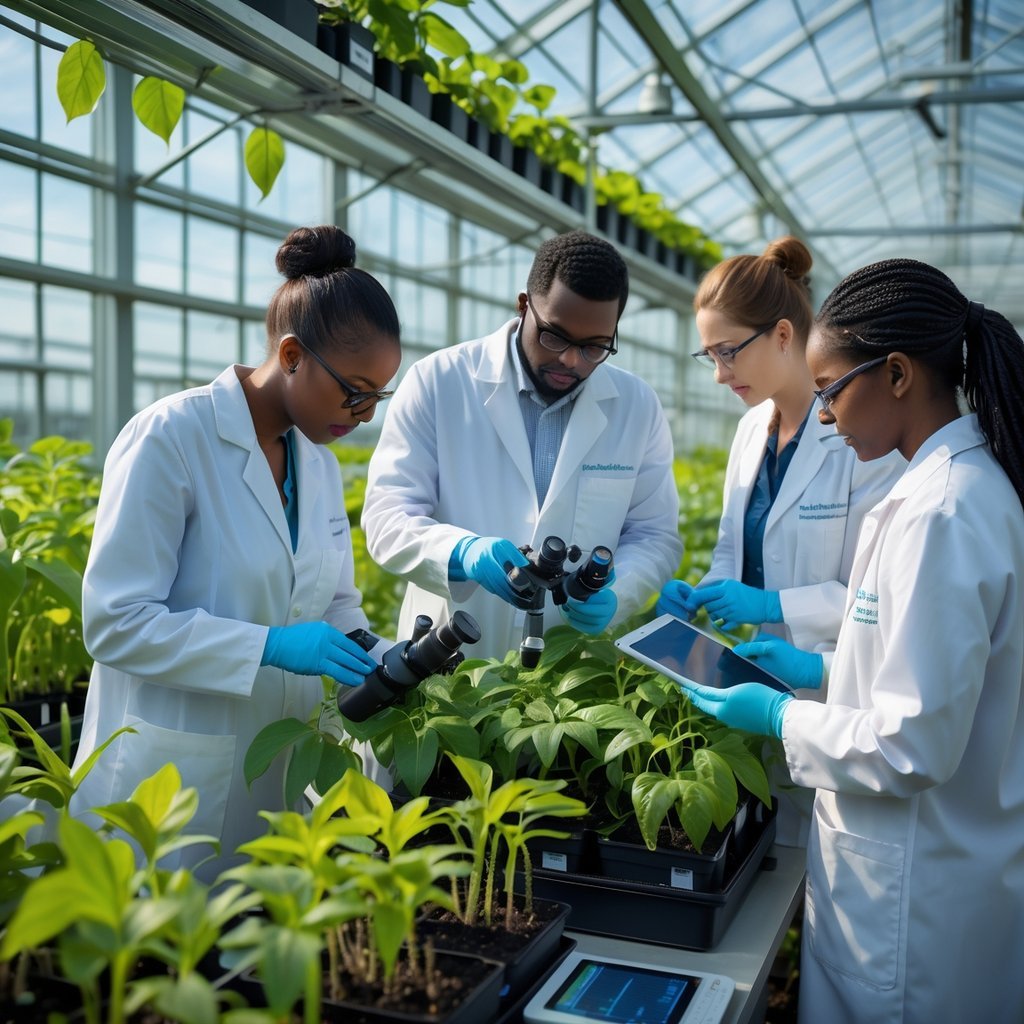
You can help plants survive wild weather by developing climate-resilient varieties. Scientists breed new plants that can handle drought, heat, and pests all at once.
They use tools like genetics and biotechnology to make crops stronger. Genome editing speeds things up quite a bit.
These plants keep growing even as the climate shifts. They protect food supplies and support farmers everywhere.
When you pick or grow these improved plants, you’re backing a steadier future.
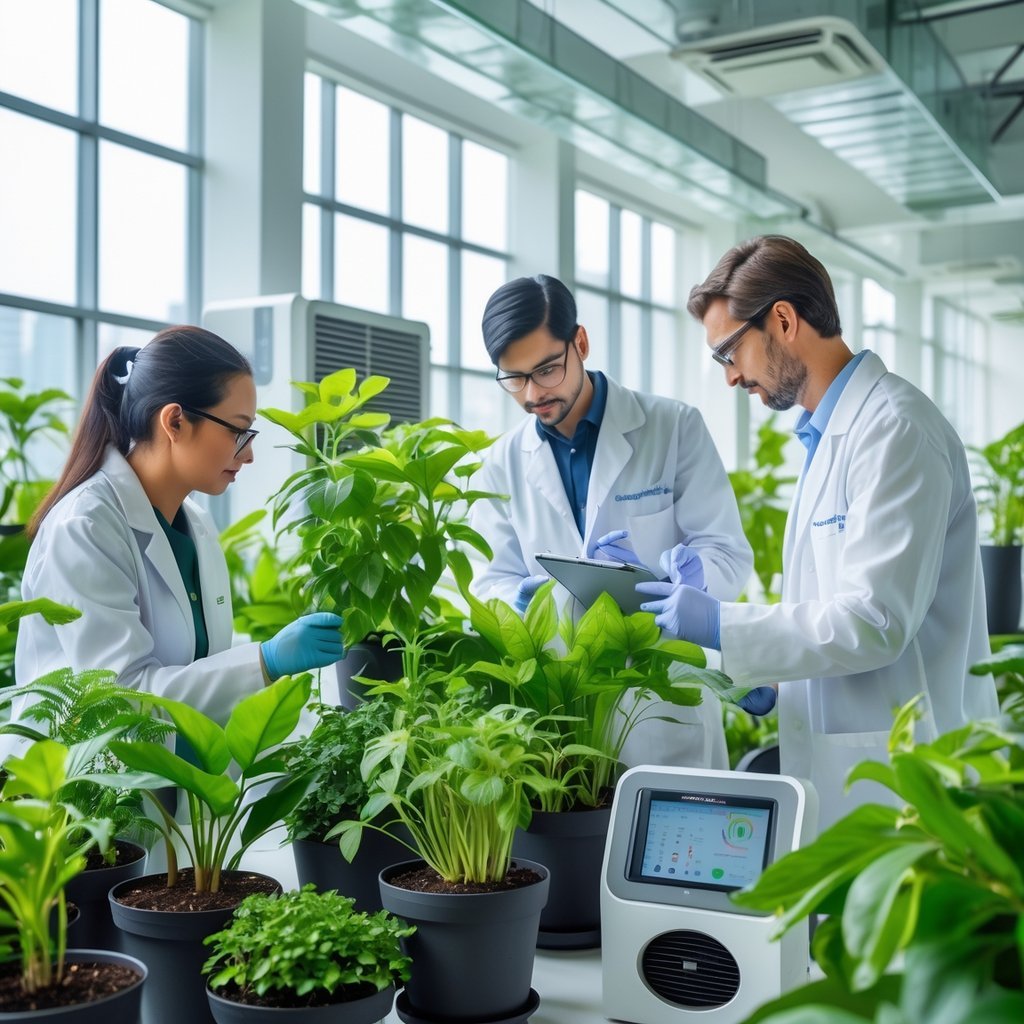
You can clean the air just by planting more greenery. Plants soak up carbon dioxide and other nasty gases, turning them into fresh oxygen.
Some species even absorb pollutants through their leaves and roots. That natural trick is called phytoremediation.
Native plants are smart picks since they need less water and care. They fit right in and still help clear the air.
Cities use green spaces to slow down pollution. These spots trap dirt and toxic gases, making the air a bit fresher for everyone.
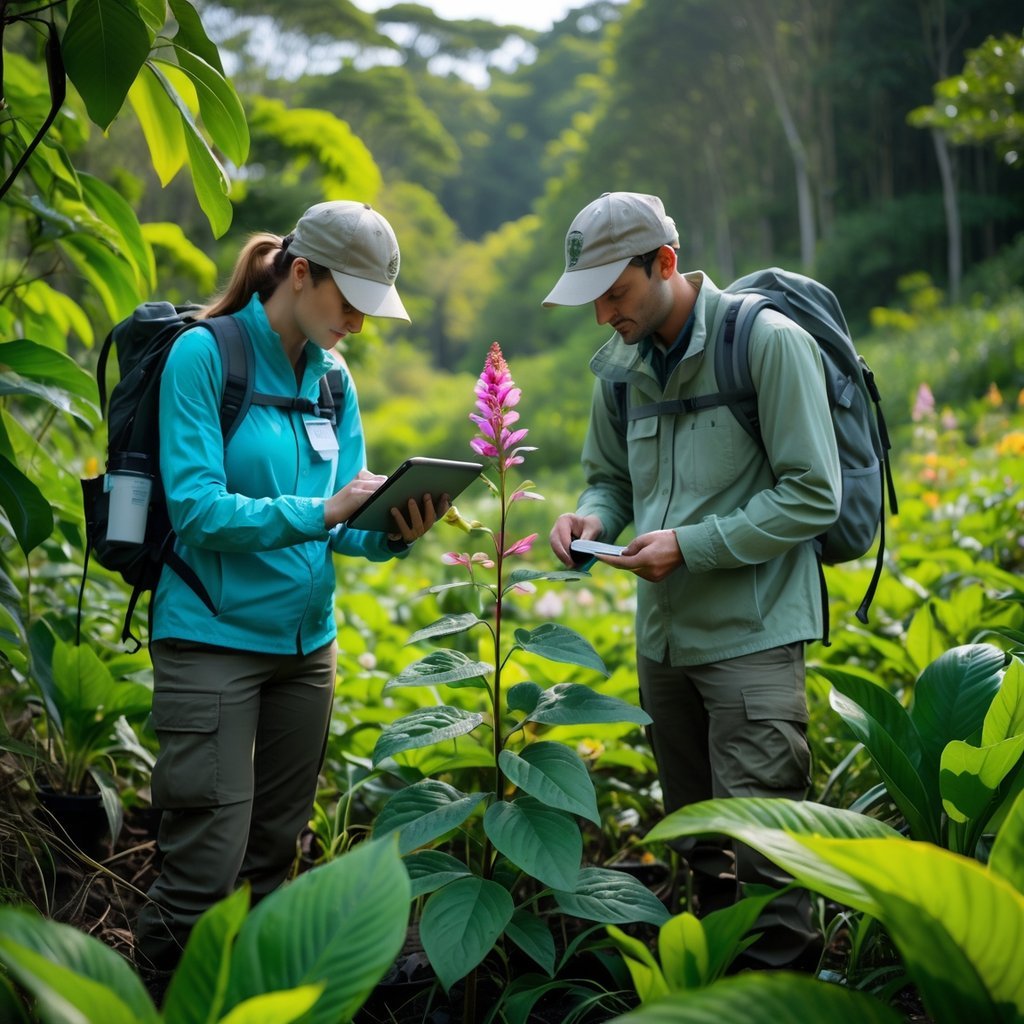
You can actually help protect plants just by learning how botanists map and document them.
Scientists rely on tools like GPS, drones, and special cameras to find out where rare plants live.
They track plant health and figure out where to put their conservation energy.
When someone records plants properly, it’s way easier to shield them from threats like habitat loss or climate change.
Some plants, believe it or not, grow in spots that are pretty tough to reach.
New tech lets experts track those plants without messing up their habitat.
If you document plants carefully, you get to watch how they change over the years.
That kind of info really matters if we want to keep our planet green and full of life.